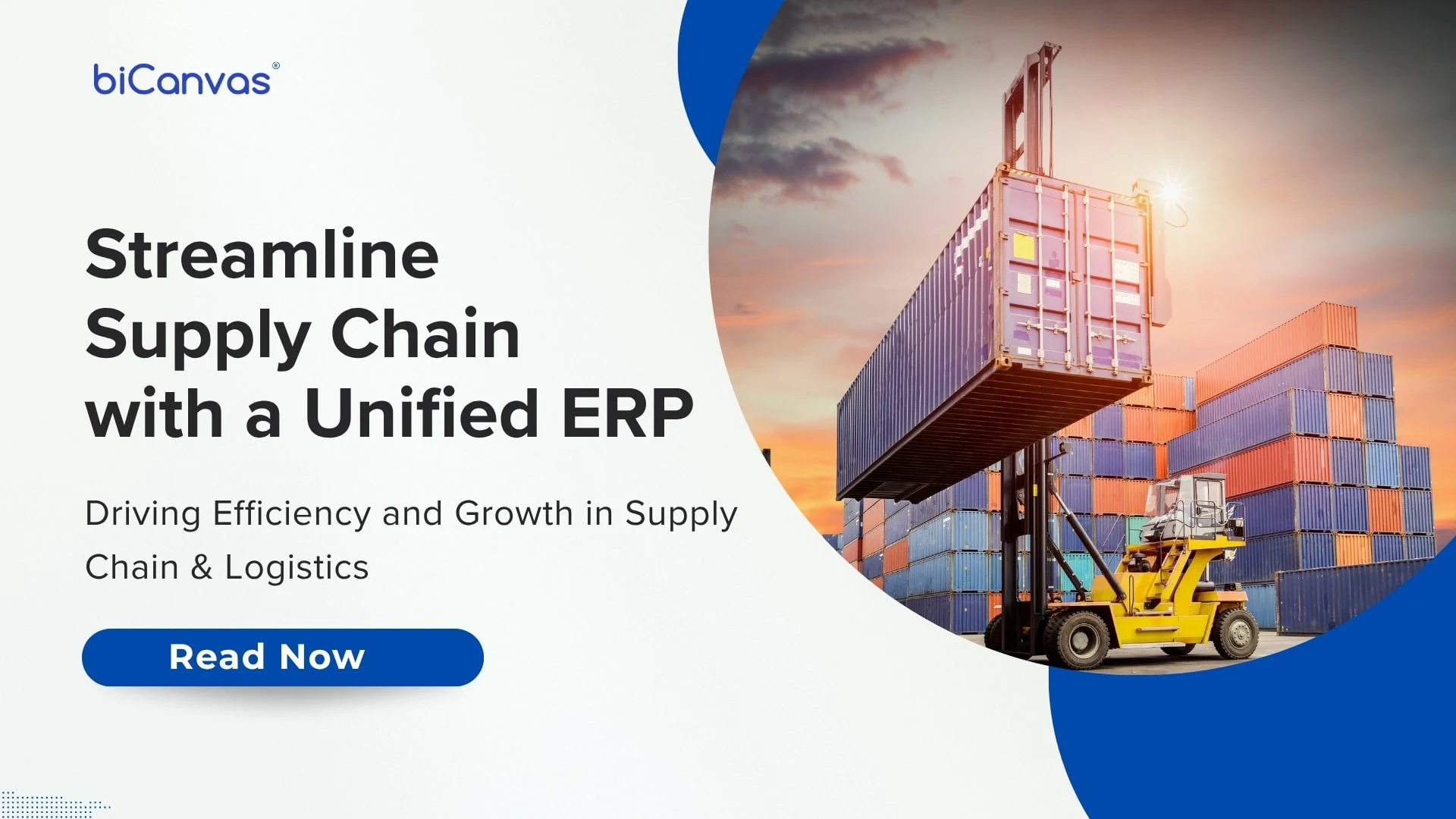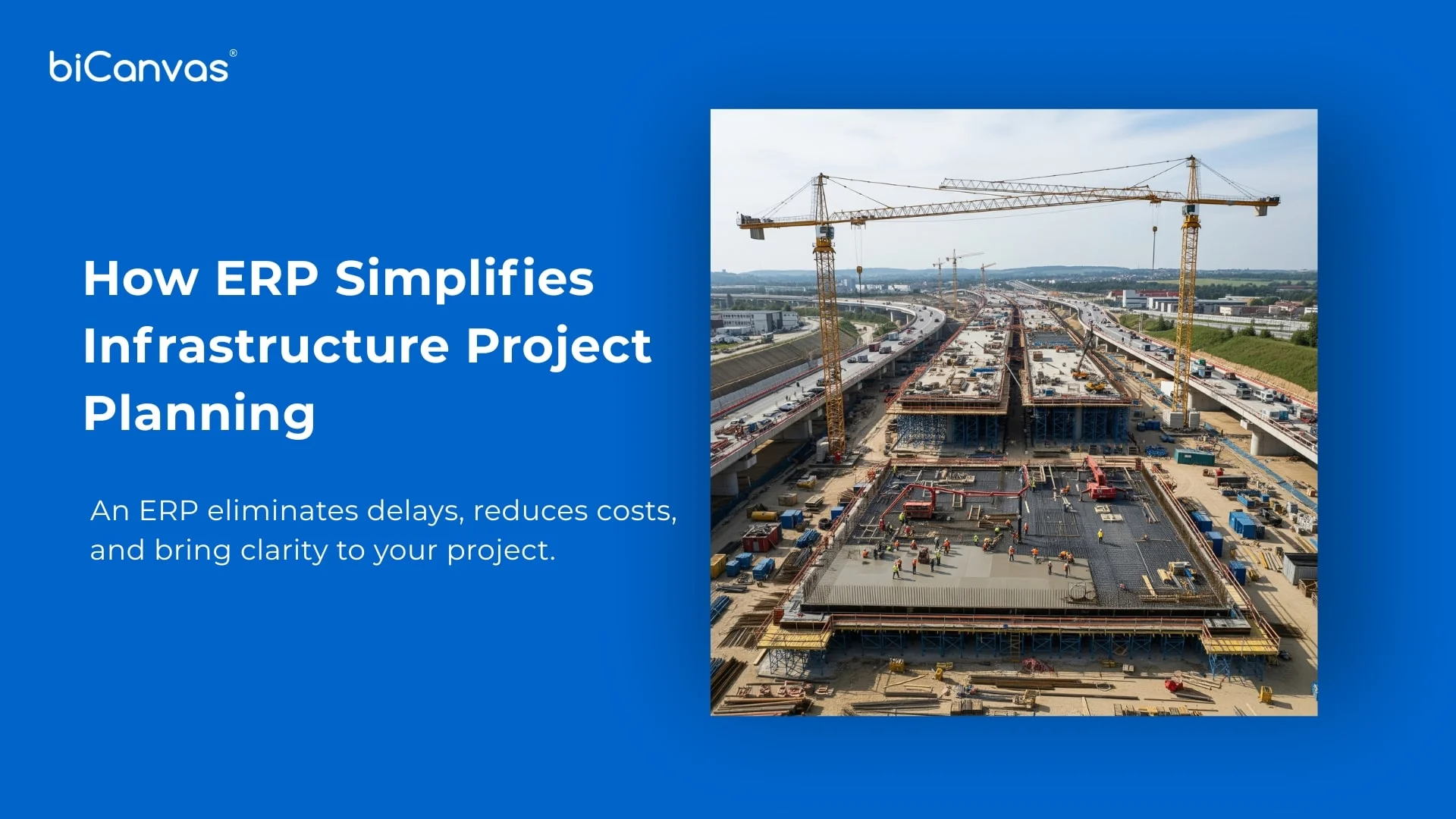ERP for Manufacturing: Automate the Shop Floor
In manufacturing industries, the real activity takes place on the shop floor. Workers move, machines operate, and raw materials are transformed into final goods. But if your processes are outdated, unorganized, or heavily manual, that "action" can quickly turn into chaos. To address this challenge, an ERP (Enterprise Resource Planning) system can be a powerful solution.
In this article, we will walk through how ERP helps automate the shop floor activities, reduce waste, increase productivity, and give manufacturers better control over their operations.
What Does "Automate the Shop Floor" Really Mean?
When we talk about automation, we're not just talking about robots or machines. Eliminating manual tasks from your daily operations?such as inventory management, production scheduling, or machine performance monitoring?is known as shop floor automation. An ERP system connects machines, people, inventory, orders, and data in one location.
The Challenges of a Manual Shop Floor
If you?re still running your shop floor using spreadsheets, paper job cards, or verbal instructions, you?ve likely run into:
- Inaccurate or missing manufacturing data
- Uncertain work orders causing delays
- High scrap and rework rates
- Imperfect inventory records
- Trouble tracking performance or downtime
These problems cost time, money, and sometimes customers. Fortunately, ERP can solve all these issues.
How ERP Automates and Streamlines the Shop Floor
1. Real-Time Production Scheduling
ERP systems assist you in scheduling and planning production according to the availability of labor, materials, and machinery.
Benefits:- No more last-minute rescheduling
- Reduced machine downtime
- Visibility into what?s being produced and when
You can generate work orders automatically and assign them to specific lines or teams.
2. Live Shop Floor Data Collection
ERP allows real-time data collection from machines or workers using barcode scanners, tablets, or IIoT sensors (Industrial Internet of Things).
Benefits:- Get real-time job status updates
- Track production count, cycle times, and downtime
- Immediate alerts if a job is delayed or behind schedule
This helps managers make faster decisions based on data?not assumptions.
3. Inventory Accuracy and Material Tracking
ERP keeps track of raw materials, semi-finished goods, and finished products across the shop floor.
Benefits:- Know exactly what materials are in stock or in use
- Avoid overstocking or shortages during production
- Auto-update inventory when materials are consumed
This results in smarter, more efficient inventory control.

4. Quality Checks During Production
Modern ERP systems include quality control modules that enforce checks during and after production stages.
Benefits:- Early detection of defects and inconsistencies
- Fewer reworks and product returns
- Clear audit trails for compliance and documentation
You can even specify quality parameters for different product batches.
5. Better Communication Between Shop Floor and Office
ERP bridges the gap between office staff and production teams with a unified data system.
Benefits:- Finance knows real-time production costs
- Sales teams can check order statuses instantly
- Maintenance teams receive alerts for machine servicing
Everyone works with the same data?no silos, no miscommunication.
6. Performance Tracking and Reporting
ERP software tracks key metrics like downtime, labor productivity, and OEE (Overall Equipment Effectiveness).
Benefits:- Identify what?s working and what?s not
- Locate bottlenecks and fix issues faster
- Support continuous improvement across the floor
Why This Matters Now More Than Ever
Global competition, increasing expenses, labor shortages, and rising customer demands are putting serious pressure on manufacturers. In such a climate, manually managing your shop floor is simply not sustainable.
ERP boosts your ability to grow faster, reduce waste, and stay ahead?without sacrificing control.
Conclusion
You?ve already invested in raw materials, skilled workers, and machinery. ERP is the system that brings everything together to create efficient, profitable operations.
When your shop floor is ERP-powered, you benefit from:- Accurate production tracking
- Fewer delays and errors
- Higher quality at lower cost
- Happier teams and satisfied customers
If your manufacturing still runs on spreadsheets and guesswork, it?s time to modernize.
Ready to streamline your production? Discover how our ERP solution can automate your shop floor, boost efficiency, and cut downtime. Book a Free Demo Today!













